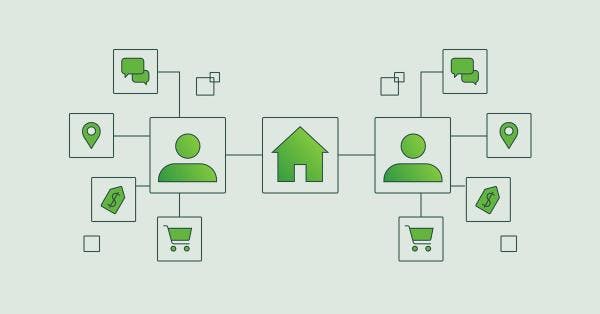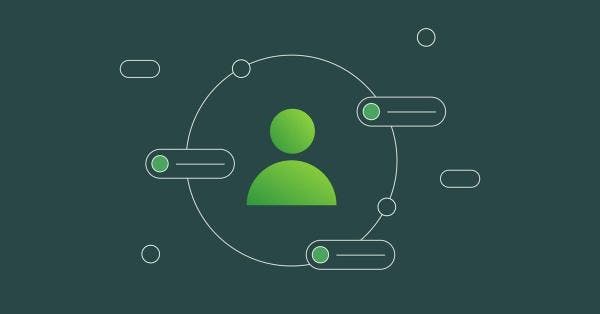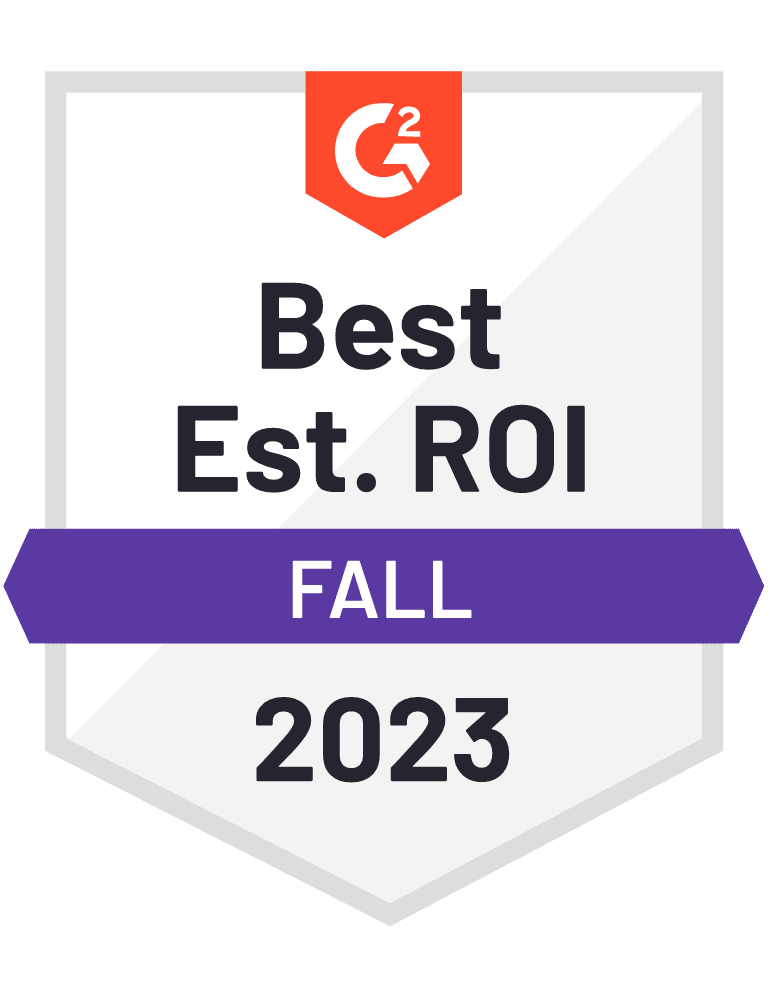The Top 5 Identity Resolution Use Cases
Five identity resolution use cases to supercharge your business.

Craig Dennis
August 28, 2023
5 minutes

Identity resolution is the consolidation of all customer identifiers, creating a single coherent record you can use for various purposes. Having a unified and coherent customer profile sounds great, but many companies fail to actually leverage this view for anything other than analytics.
So, how do you actually drive business outcomes after you have resolved your customer identities? This blog post will break down the top five use identity resolution use cases.
Use Case 1: Understanding and Mapping the Customer Journey
As mentioned above, the first place companies start using identity resolution is to improve their analytics, as they should. Being able to derive insights on the customer level, rather than the device level or session level, allows businesses to better understand how their customers actually interact with their product, marketing activities, and brand.
Once you have created a 360-degree view of your customer, you can leverage your identity graph to perform analysis to understand behavior across marketing campaigns, accounts, in-person interactions, and more. This gives you clear insights into tactical things you can do to improve each of your touchpoints.
For example, if you know that a large percentage of your users view specific products on your website before converting in-store, you can reorganize your store floor plan to improve your customers’ ability to find the products they are looking for.
Use Case 2: Crafting Personalized Customer Experiences
Once you have a better understanding of your customers, identity resolution unlocks more personalization options. Without an identity graph, marketing teams are limited to personalizing within silos. Without resolved identities, your marketing team may be able to target ads or personalize website experiences based on data from what a user did on one device, but consumers don’t only use one device or engage in only one channel.
With customer 360 profiles, your marketing teams can target based on how users have engaged across touchpoints and platforms. For a streaming company, this might mean serving more relevant recommendations to drive engagement based on past viewing tendencies. For an e-commerce company, this could mean retargeting cart abandoners with ads on Facebook or Google across their other devices.
The true value in identity resolution lies not in a centralized view of the profile but actually in how you leverage that data to move the needle. Customers want and expect personalization, and identity resolution is the only way to meet their expectations.
Use Case 3: Optimizing Marketing Spend with Attribution
Marketing attribution is not a perfect science. Trying to assign credit to various channels, campaigns, and touchpoints to figure out which factors have the most impact as it relates to converting customers is very difficult. While not perfect, identity resolution can be a big help here because it allows you to link engagements across touchpoints so you can get a clearer view of which ads influenced purchases later on.
For example, if a user clicks on an ad and then visits your product page but never purchases, you can capture that data and associate it with an anonymous user_ID or any known user information, like an email address. When that user comes back to make a purchase via Google, an email, or directly on your website, you can link their past engagements to their recent purchase to understand exactly what ads and actions led to the conversion.
This unlocks more accurate attribution modeling. You’ll likely want to experiment with a few different attribution models. Often, this includes things like first-touch attribution, last-touch attribution, linear attribution, time-decay attribution, u-shaped attribution, or even w-shaped attribution. Depending on your use case, it might even make sense to build your own custom multi-touch attribution model.
Use Case 4: Detecting and Flagging Unusual Activity
Identity resolution can also have huge benefits as it relates to detecting and monitoring fraud. For many financial services companies, a huge challenge is trying to identify when accounts and cards are compromised, and the only way to do this is by understanding behavioral tendencies.
Having a comprehensive view of your customer means you can set up alerts to notify you of specific behavioral changes at both the user and the account level so you can identify potential red flags and minimize risk.
For example, a bank can use identity resolution to monitor what devices a customer uses to log in to their account. Any new devices that log into that same account overseas can be flagged for review.
Use Case 5: Unifying Custom Objects and Entities
A more complex use case for identity resolution is being able to personalize not only on the user level but also the “entity level.” Entities are the custom objects that live within your organization, like products, accounts, workspaces, playlists, subscriptions, pets, or households.
With identity resolution, you can link all of these custom entities to a specific user profile with an Entity Relationship Diagram (ERD) to link individual events that fall underneath each entity back to a particular user.
This unlocks more complex personalization. For B2B companies, this includes account-level personalization. For e-commerce companies, this could include household-level personalization, pet-level personalization to the owner of the pet, or more.
How to Get Started with Identity Resolution
Getting started with identity resolution can be a daunting task, especially when it comes to choosing the right identity resolution tool. If you’re evaluating identity resolution tools, book a demo with Hightouch to learn how you can solve your most complex identity resolution use cases in minutes.






